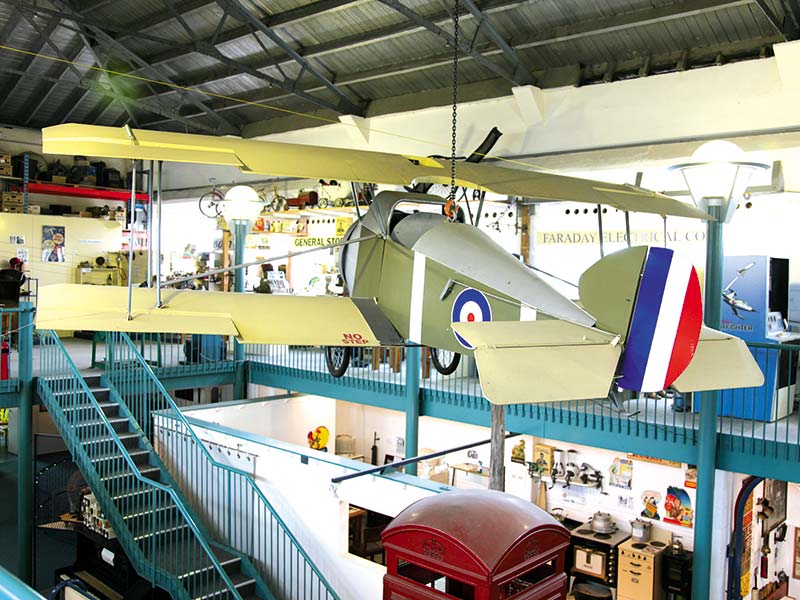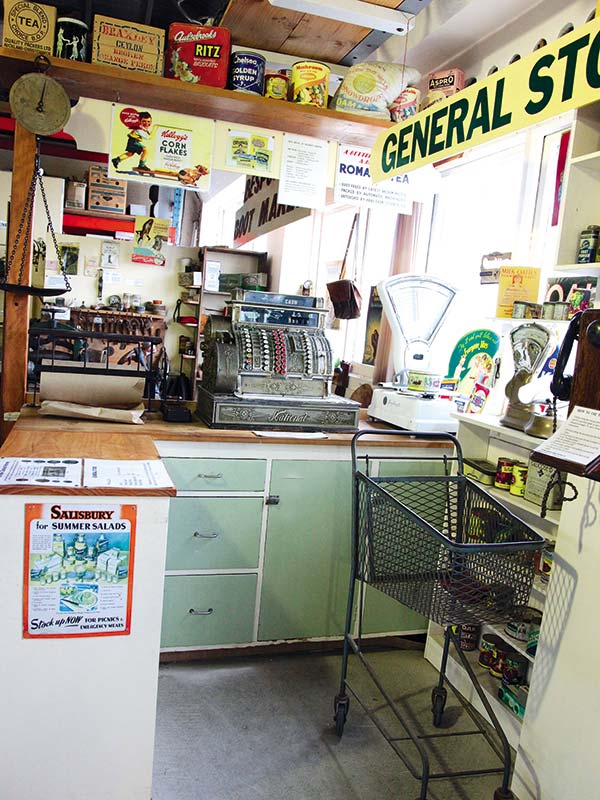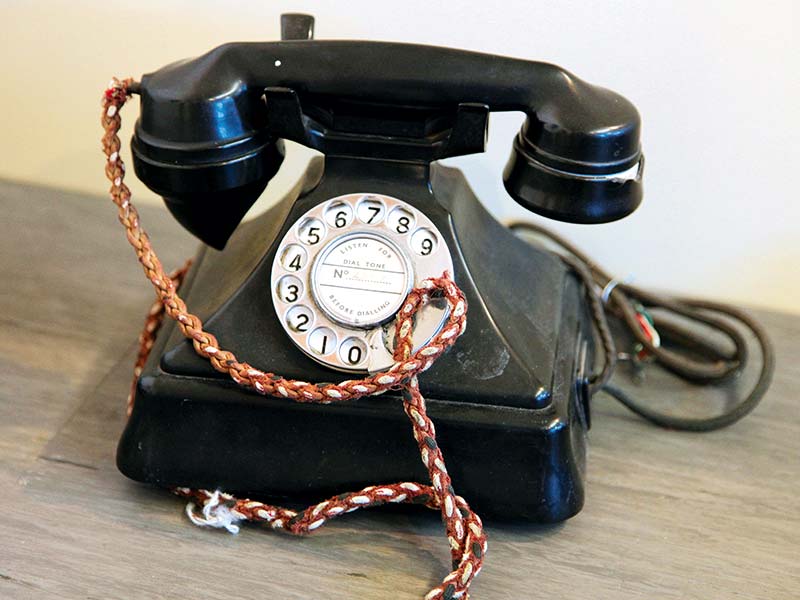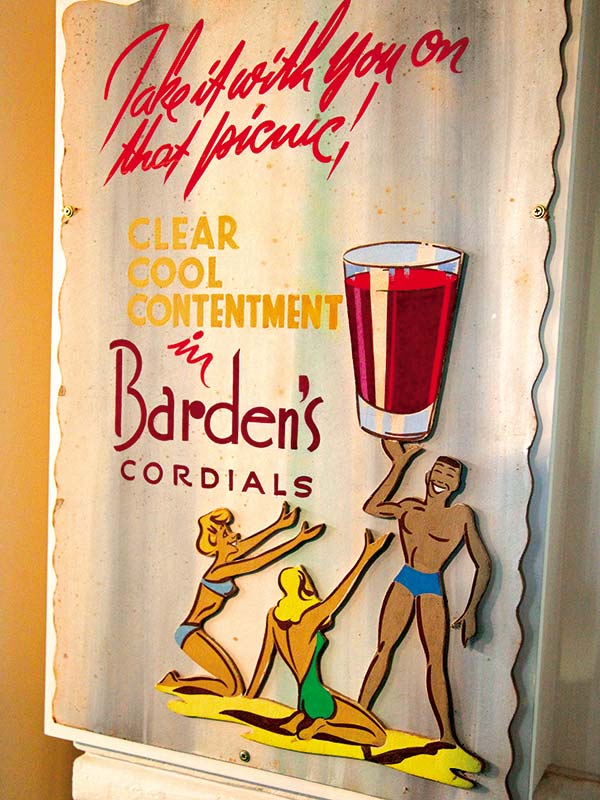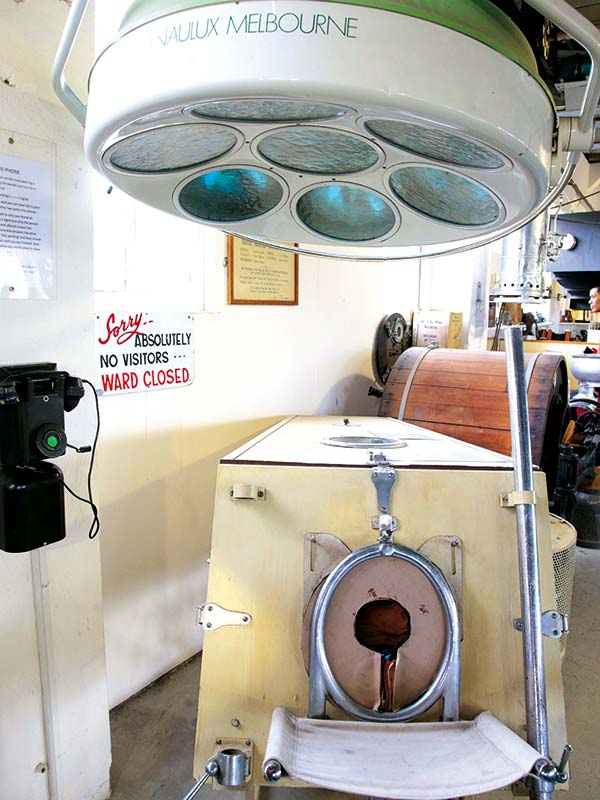Our lives are so busy these days and most of us are eager to embrace the latest gadgets. We have all sorts of up-to-date digital technology to keep us connected, modern conveniences make housework a breeze and we travel swiftly from place to place in fast cars.
Therefore, it's a pleasure to take a trip down memory lane once in a while and be reminded how far technology has come, in a relatively short time.
The Faraday Centre
The Faraday Centre began in 1979. It was then known as the Hawke's Bay Museum of Technology and from the outset it was designed to be a fun and interactive experience, rather than a place for just looking. Here you can peek, pull levers, strike bells, pedal and treadle or put a penny in a slot and listen to tunes from the past.
The song Spanish Harlem tinkles sweetly up from a polyphon. Polyphons were popular in roadside taverns in the early 1900s. Parents would give their children money to put in the slot to keep them amused while they enjoyed a quiet drink.
Dave Prebensen is the Faraday Centre's founding president and he still works here as a volunteer. Against a background of hissing machinery, chimes and buzzers he tells me how they began.
"We originally set up the centre to save the Fullagar engine. The Municipal Electrical Department formerly used it and it was bound for the scrap yard, so I put a story in the paper asking for help to save it. People phoned and told me, 'There're all sorts of other things we should be saving too and so we formed a society to do that."
The fully restored 1923 Fullagar engine, made in the United Kingdom, occupies the far end of the building. It's a behemoth of a machine and when it's in action, be warned: it's a good idea to put in your earplugs.
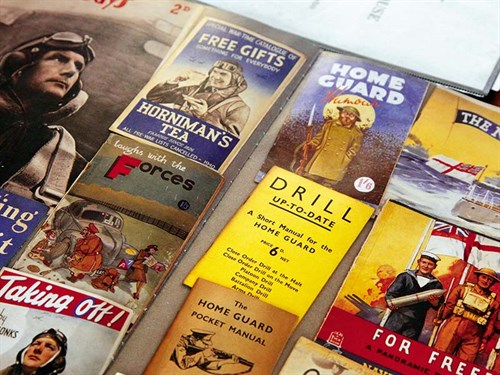
The Faraday collection
While the society's goal was originally to save old machinery such as this, the collection has grown to be far more comprehensive.
"In a way, it has evolved by itself. Our guiding rule has been to give visitors what they wanted and what they have responded well to, so when considering adding anything new, we ask, 'are visitors going to like that and be interested in it?' If not, we don't do it," says Dave.
A group of friendly and knowledgeable volunteers are on hand to help. "Have you heard of the Doppler Affect?" asks Ray Firman.
"No," I admit, feeling a little lacking in science knowledge (which was never my forte). He operates a handle on a wire mesh wheel and sets it in motion to illustrate how, when a vehicle comes towards you it makes one noise and another when it passes – due to the way sound travels.
There is also a 'wind bike' that demonstrates how the energy created by pedaling can be turned into wind power.
In front of a set of concave and convex mirrors you can decide whether you like a version of yourself upside down or right side up. Then there are kaleidoscopic mirrors that reflect you several times over, "One of you is enough," mutters my companion.
Volunteer, Gordon Barr tells me, "Most of us are retired carpenters, engineers or mechanics. We come here four days a week and keep the machines ticking over. We built the replica World War I, Sopwith Camel biplane ourselves.
"When we take it down, the children can get in it and work the rudders. It's a hands-on museum and we encourage visitors to try things out. If anything breaks we fix it."
Westerman's Department Store
Once, in some very upmarket shops, you waited patiently at the counter for your change to be delivered back to you from the floor above. 'Push the white button firmly' it says on the Westerman's Department Store pneumatic conveyor and so I do, having loaded the change canister into the chute. Ssssuck, pppphhit and away it goes! Push the white button again and back it comes.
Likewise, the traffic light controller that used to operate in the city during the 1960s is fun to try out. I follow instructions to make it flash red, then green, then amber and then all at once.
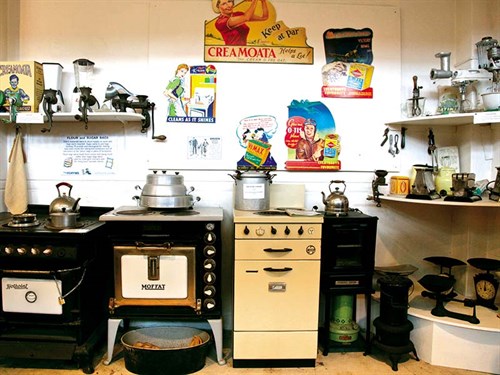
In the general store, I try to calculate how much inflation has increased since 1931, but maths is not my strong point either, so I conclude the cost of living was much, much cheaper way back then. For example, a tin of jam was 1 shilling; a tin of fruit, 1 shilling and 3 pence; a tin of vegetables 1 shilling 6 pence; eggs 1 shilling 10 pence per dozen; potatoes 1 shilling for 10lbs; butter 11 pence; mince 4 pence/lb; and prime rump 1 shilling 3 pence/lb.
Life seemed to appear simpler in the past and so were day-to-day pleasures. After World War II the popularity of radio increased and nearly every home had one; it was the focus of information and entertainment before television arrived.
I come across two exhibits that make me thankful for modern medical technology. One is an iron lung machine which was a mechanical respirator used to help polio patients breathe. Then there was the dreaded primary school dental clinic or 'murder house' as we called it. It sets my nerves on edge so I scuttle downstairs again.
When my visit is complete, I am happy to step into the sunny street of the present, having spent the past two hours in a very interesting and absorbing time machine.
The Faraday Centre
2a Faraday St, Napier South,
Napier (06) 835 2338
Hours
Monday 9am-1pm
Wednesday 9am-1pm
Friday 9am-1pm
Saturday 9am-11.30am

